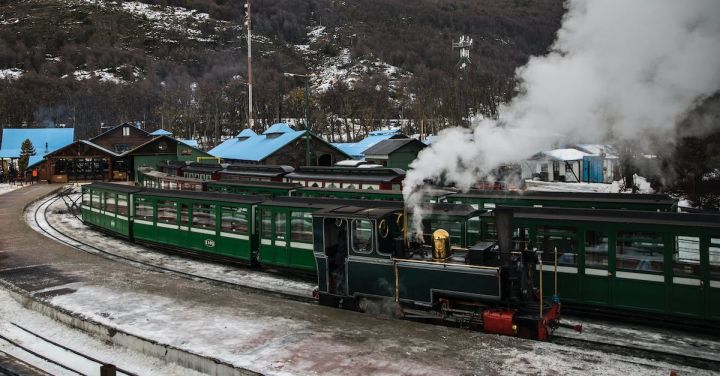The construction of the Transcontinental Railroad in the United States in the 19th century marked a monumental achievement in transportation and had a profound impact on the country. This engineering marvel connected the East Coast to the West Coast, bridging vast distances and bringing about significant economic, social, and cultural changes.
At its core, the Transcontinental Railroad revolutionized transportation. Prior to its completion in 1869, travel across the United States was a long and arduous journey that took months. With the advent of the railroad, this time was reduced to just a matter of days. The ability to transport people and goods quickly and efficiently opened up new opportunities for trade and commerce.
The economic impact of the Transcontinental Railroad cannot be overstated. It facilitated the growth of industries, such as mining, agriculture, and manufacturing, allowing for the efficient transportation of resources and products across the country. This led to increased production, job creation, and economic prosperity. Towns and cities sprung up along the railroad route, bringing economic development and investment to previously isolated areas.
The railroad also played a crucial role in the expansion of the United States. It facilitated westward migration, as people were now able to travel to the previously untamed frontier with relative ease. This led to the settlement of new territories and the establishment of new communities, contributing to the country’s westward expansion. The railroad also provided a means to transport supplies and materials for the construction of infrastructure, such as roads, bridges, and telegraph lines, further enhancing connectivity and communication.
Moreover, the Transcontinental Railroad had a profound social impact. It brought people from different regions and backgrounds together, fostering cultural exchange and diversity. As the railroad connected previously isolated communities, it allowed for the exchange of ideas, traditions, and customs. People from different walks of life were able to interact, creating a melting pot of cultures and contributing to the rich tapestry of American society.
The railroad also played a role in shaping the perception of time and distance. The ability to travel quickly across vast distances changed people’s perception of space, making the world seem smaller and more interconnected. It created a sense of unity among Americans, as people from different regions were now able to connect and interact more easily.
In addition, the Transcontinental Railroad had environmental implications. It facilitated the extraction and transportation of natural resources, contributing to the growth of industries such as mining and logging. This, in turn, had an impact on the environment, leading to deforestation, habitat destruction, and other ecological changes. The railroad also played a role in the westward expansion of agriculture, leading to the transformation of vast prairies into farmland.
In conclusion, the Transcontinental Railroad had a far-reaching impact on the United States. It revolutionized transportation, facilitated economic growth, and contributed to the expansion and development of the country. It brought people together, shaped perceptions of time and distance, and had environmental implications. The legacy of the Transcontinental Railroad continues to be felt today, reminding us of the power of human ingenuity and the ability to overcome geographical barriers.
